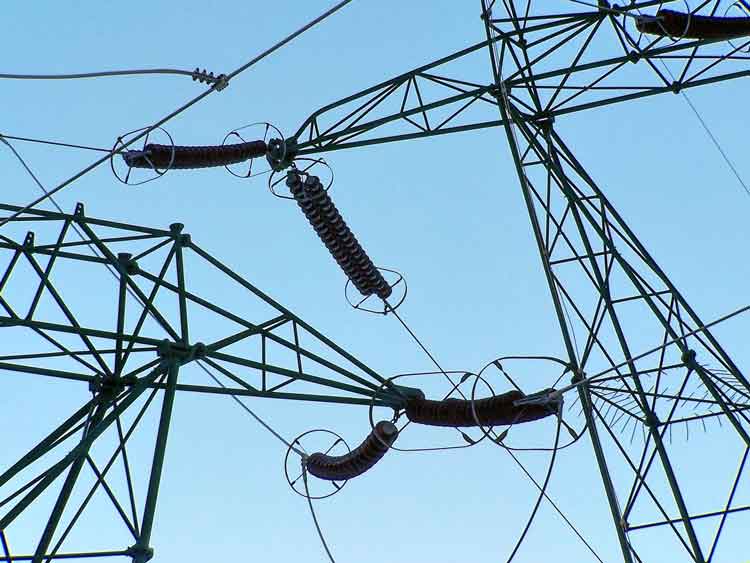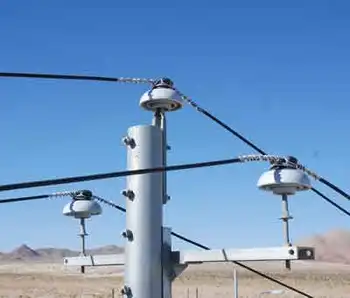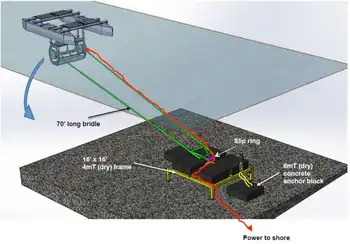Flatscreens should have energy labels: FTC
The U.S. Federal Trade Commission, which is leading the labeling effort, has been moving in that direction since 2007, when Congress passed an energy act that gave the FTC authority to require energy disclosure on consumer products.
"What our proposal would do is to have a mandatory energy label on every television and the primary disclosure on the label would be how much it will cost you to run every year," Hampton Newsome, a FTC attorney said in an interview with CBC News.
Energy-star labels already appear on the most efficient televisions today in an effort to promote brands that use less power. Mandatory labeling would rely on the same testing procedure used by the EnergyStar program.
"There's a range of power use for television, so labelling would help people make comparisons," said Newsome. "The bigger TVs use a lot of energy, like as much as a refrigerator. So you have a much different market for TVs than you had in the past," said Newsome.
The average plasma TV uses more than three times as much energy as an old cathode-ray tube set, while liquid-crystal display, or LCD, televisions use about 43 per cent more energy than tube sets.
Newsome estimated that the largest televisions use up $75 (US) a year, based on average electricity costs and the TV being on for five hours a day.
In the 1970s and 1980s, there was little variation in how much power televisions used. As a result, the U.S. Department of Energy opted not to require energy disclosure, since it wouldn't have helped consumers.
The department revisited the labeling issue in 2007 after learning through consultations that modern, flat-screen televisions range widely in the power they use.
For instance, a 65-inch flat-screen TV can consume between 135 watts and 433 watts, depending of the options and brands. Similarly, a 52-inch LCD model can use between 115 watts to 329 watts.
"From a consumer standpoint, these products use a lot of energy, so it's a good idea to have labeling disclosure," said Newsome.
A New York-based environmental advocacy group, the Natural Resource Defense Council, estimates that television use represents between 10 and 20 per cent of a typical home's annual electricity use, and about one per cent of power use in the U.S.
California is leading the way in trying to reduce the amount of power used by televisions. In November, the California Energy Commission approved new efficiency standards that TVs must meet starting 2011.
The commission estimates it will save $8.1 billion (US) in energy costs within a decade, enough to power 864,000 single-family homes.
Ontario has also said it is considering following California's example of requiring televisions sold in the province be energy efficient, but it has not set any deadline to bring in a law.
Related News

Siemens Energy to unlock a new era of offshore green hydrogen production
BERLIN - To reach the Paris Agreement goals, the world will need vast amounts of green hydrogen and wind will provide a large portion of the power needed for its production.
Siemens Gamesa and Siemens Energy announced today that they are joining forces combining their ongoing wind-to-hydrogen developments to address one of the major challenges of our decade - decarbonizing the economy to solve the climate crisis.
The companies are contributing with their developments to an innovative solution that fully integrates an electrolyzer into an offshore wind turbine as a single synchronized system to directly produce green hydrogen. The companies intend to…





